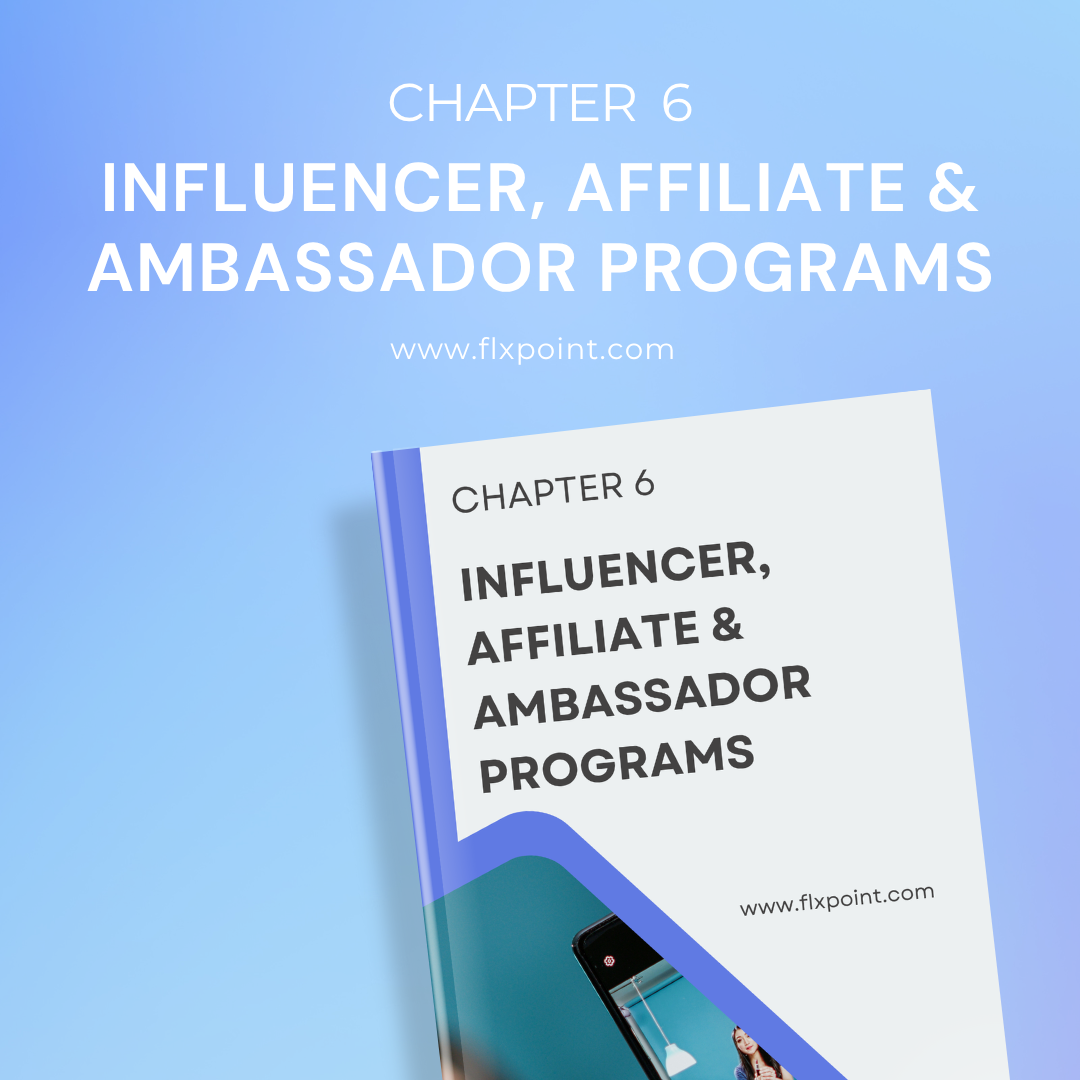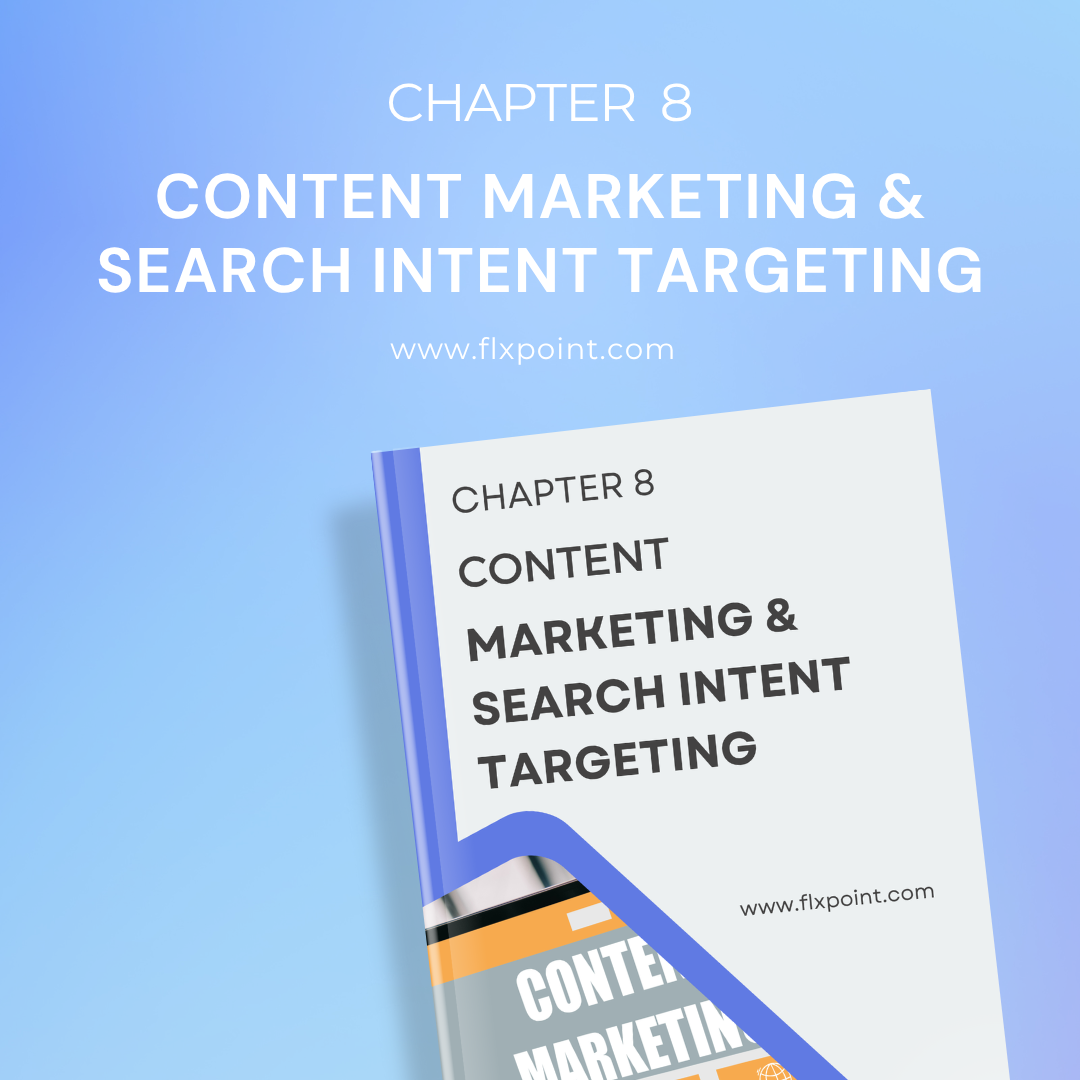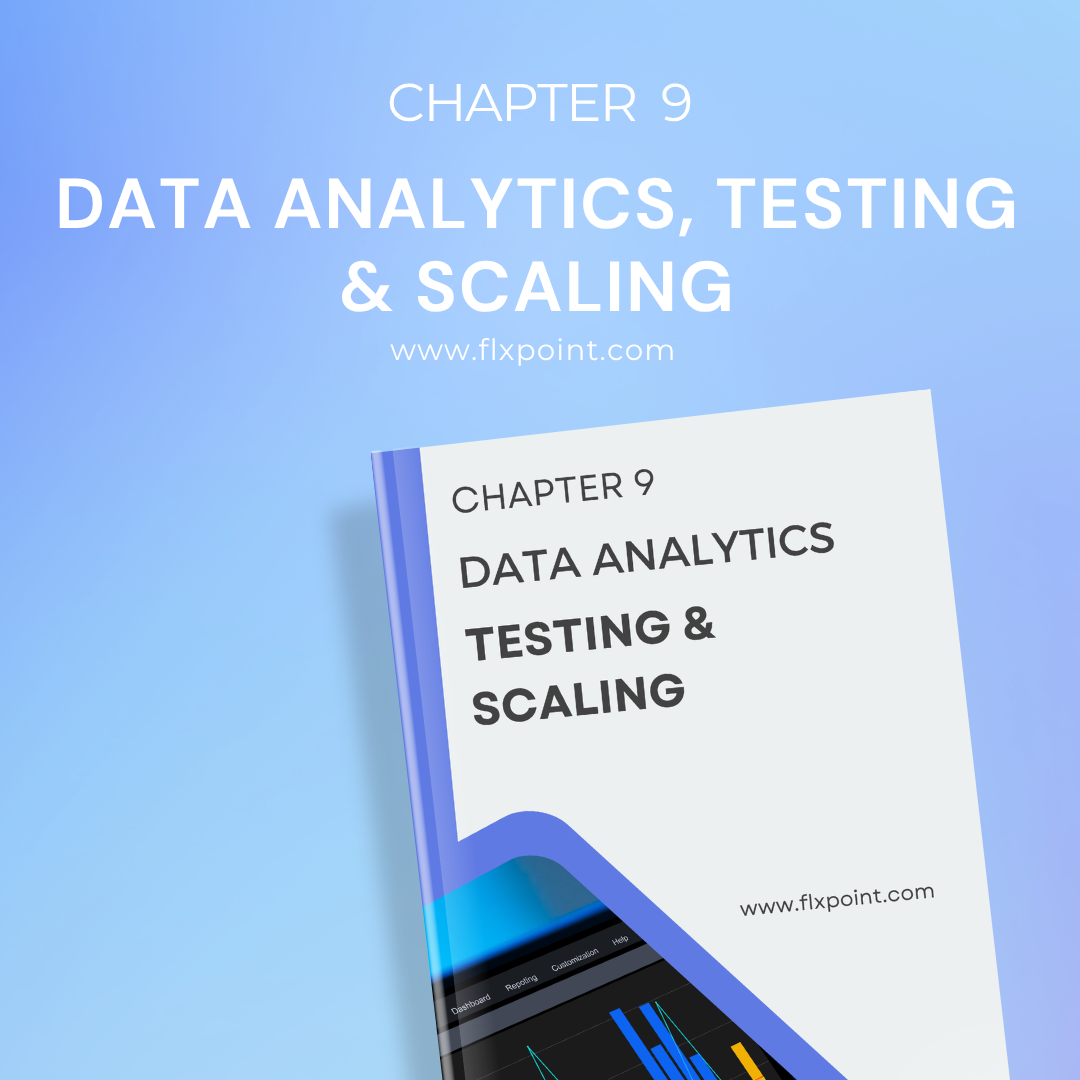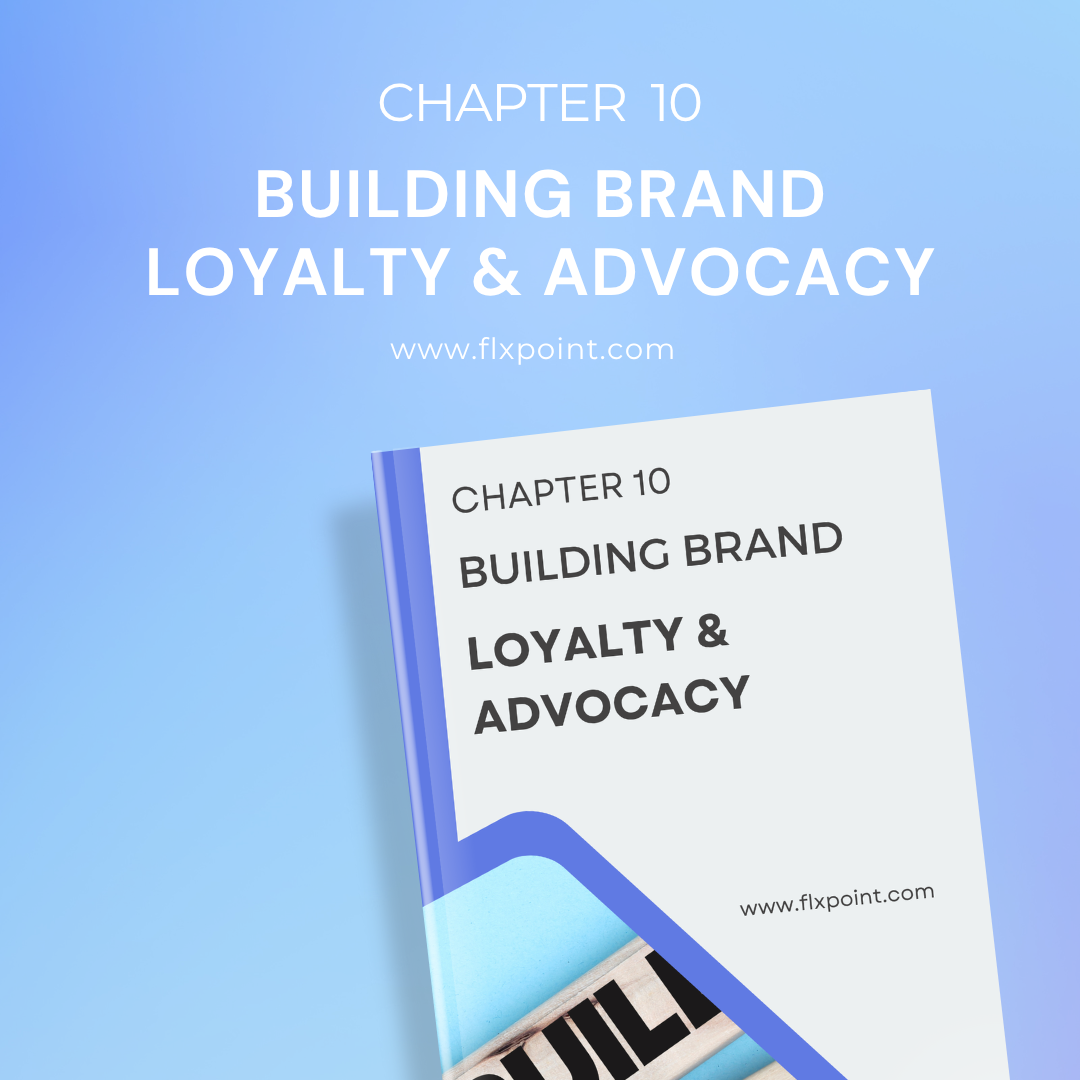Chapter 7 Email & SMS Marketing Automation
Set up automated marketing that works around the clock. Learn how to create welcome flows, cart recovery sequences, and SMS campaigns that increase customer retention.
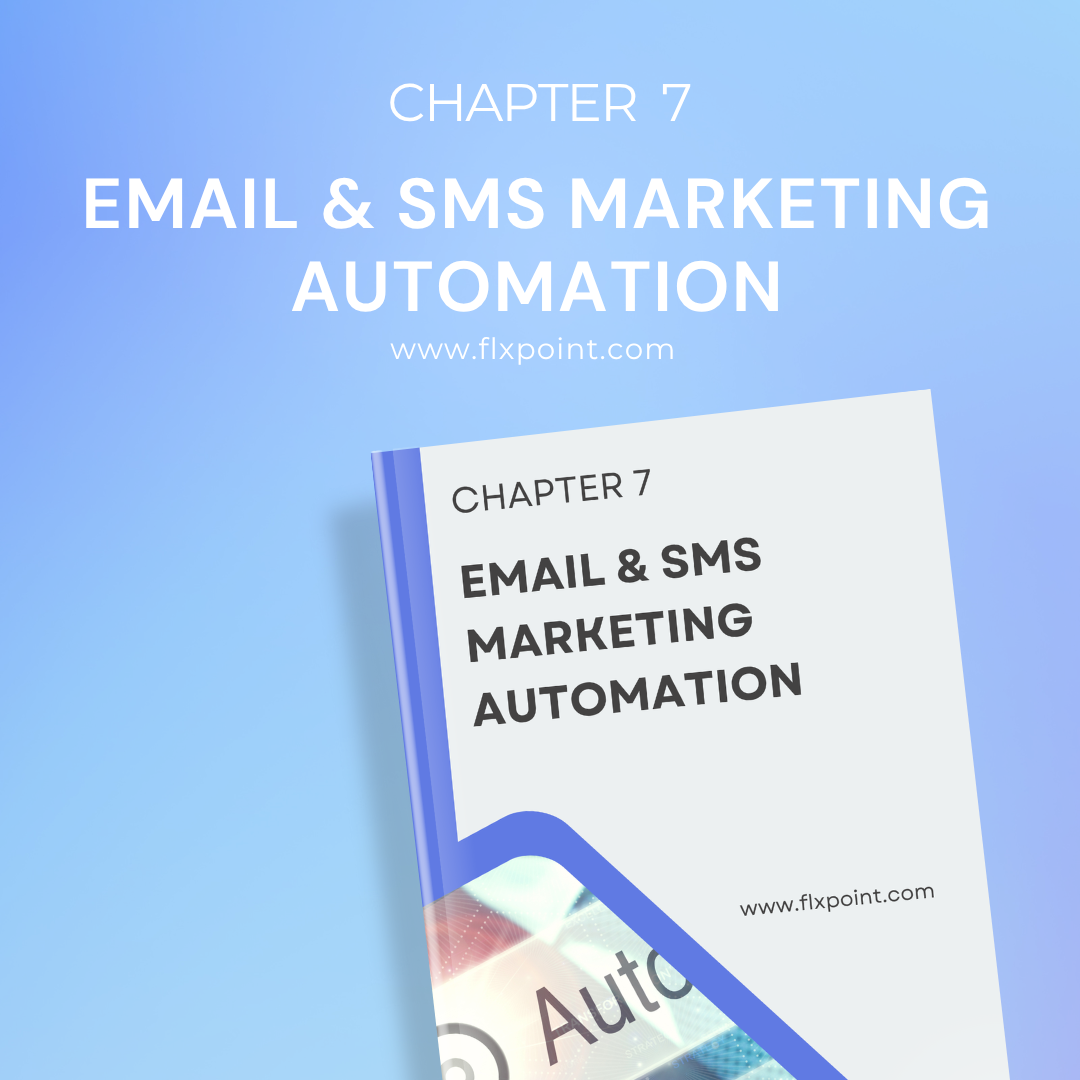
Table of Contents
- Introduction
- Multi-Step Welcome, Abandoned Cart & Browse Abandonment Flows
- List Hygiene and Deliverability Monitoring
- Smart Segmentation by Customer Lifetime Value (CLV)
- A/B Testing Subject Lines, CTAs, and Creative Formats
- SMS Automation Tools: Postscript, Attentive, SMSBump
Introduction
Your store is attracting clicks, but are those clicks translating into customers? Unlock the power of email and SMS automation to seamlessly convert browsers into buyers, effortlessly and on autopilot
Automated marketing sequences work around the clock to nurture relationships with your customers, recover abandoned carts, and generate sales while you focus on other aspects of your business. For dropshipping stores, where profit margins can be tight and customer acquisition costs high, these automated touchpoints provide an efficient way to maximize customer lifetime value.
According to recent research, automated emails generate 37% of email marketing sales while accounting for just 2% of email volume. This remarkable efficiency makes automation essential for dropshipping businesses looking to maximize their marketing ROI.
In this chapter, we'll explore how to implement effective email and SMS automation systems that create personalized customer journeys.
You'll learn to set up multi-step sequences, maintain list quality, segment your audience strategically, optimize through testing, and leverage SMS alongside email for maximum impact.
Multi-Step Welcome, Abandoned Cart & Browse Abandonment Flows
The foundation of effective email and SMS marketing automation is well-designed flows that engage customers at critical moments in their journey. Let's examine the three most essential automation sequences for dropshipping stores:
Welcome Flows: First Impressions Matter
Your welcome flow is often your brand's first extended interaction with potential customers. It sets the tone for your relationship and helps convert interested browsers into buyers. A basic welcome email alone isn't enough; dropshipping stores need comprehensive multi-step sequences.
Components of an Effective Welcome Flow:
- Initial Welcome Message (Immediate)
- Deliver your promised incentive (discount code, free shipping, etc.)
- Introduce your brand story and unique value proposition
- Set clear expectations about what content they'll receive and how often
- Include a strong call-to-action to start shopping
- Educational Follow-up (Day 1-2)
- Highlight your best-selling products with social proof
- Answer common questions about your dropshipping process and shipping times
- Include content about your product quality, sourcing, or what makes your curation special
- Social Connection Request (Day 3-4)
- Invite subscribers to follow you on social media
- Showcase user-generated content to build trust
- Highlight your community or the lifestyle associated with your products
- Incentivized First Purchase (Day 5-7)
- Add urgency to use their welcome discount before it expires
- Feature product recommendations based on their browsing behavior
- Include trust signals like reviews, guarantees, and shipping information
When building welcome flows in platforms like Klaviyo or Omnisend, you can set conditions to exit customers from the sequence once they make a purchase. This prevents sending irrelevant messages that could annoy new buyers.
Platform-Specific Considerations:
- Klaviyo: Excels at creating intricate, conditional flows with branching logic based on subscriber behavior. Their visual flow builder makes it easy to see the entire customer journey. Klaviyo makes it easy to A/B test each message in your flow — so you’re always sending what works best, not just what sounds good.
- Omnisend: Offers strong multi-channel capabilities, letting you include SMS, email, push notifications, and more in a single flow. Their automation library provides pre-built templates specifically for dropshipping stores that you can customize to your needs.
Abandoned Cart Flows: Recover Lost Revenue
Cart abandonment is particularly challenging for dropshipping stores. Customers often hesitate due to concerns about shipping times, product quality, or simply getting distracted. A well-structured abandoned cart flow can address these concerns and recover otherwise lost sales.
Components of an Effective Abandoned Cart Flow:
- Initial Reminder (1-3 hours after abandonment)
- Friendly reminder with cart contents and images
- Address common objections like shipping times or return policies
- Include prominent checkout link
- Consider using SMS for this first touchpoint for higher visibility
- Social Proof Follow-up (24 hours after abandonment)
- Show reviews or testimonials specific to the products in their cart
- Include user-generated content showing real customers with the products
- Add scarcity messaging if inventory is limited
- Incentive Offer (48 hours after abandonment)
- Provide a time-limited discount or free shipping offer
- Create urgency with an expiration time for the special offer
- Consider segmenting based on cart value (only offer discounts on higher-value carts)
- Final Reminder (72 hours after abandonment)
- Last-chance messaging before offer expires
- Alternative product recommendations if available
- Invitation to contact support with any questions
When Blenders Eyewear brought their email program together with SMS on a single platform, they achieved a 52% increase in total revenue. This demonstrates the power of coordinating channels within abandonment flows to create a cohesive recovery strategy.
Platform-Specific Implementation Tips:
- Klaviyo: Use their predictive analytics to identify which abandoned carts are most likely to convert and prioritize those segments. Their flow filters allow you to create different paths based on cart value, product category, or customer history.
- Omnisend: Take advantage of their product picker to automatically include cart contents in emails. Their built-in discount code generator can create unique, time-limited coupons for each abandonment flow recipient.
Browse Abandonment Flows: Capture Interest Before It Fades
Browse abandonment is often overlooked but represents a significant opportunity for dropshipping stores. When someone views specific products but doesn't add them to cart, it indicates interest you can nurture further.
Components of an Effective Browse Abandonment Flow:
- Interest Acknowledgment (2-4 hours after browsing)
- Highlight the specific products viewed with high-quality images
- Include additional product details that might not have been obvious on the website
- Suggest complementary items that pair well with what they viewed
- Keep this message helpful rather than pushy
- Social Proof and Education (24 hours later)
- Share reviews specific to the browsed products
- Include educational content about the product category
- Address common questions about the products they viewed
- For dropshipping, highlight any special shipping arrangements for those specific items
- Final Nudge with Incentive (48 hours later)
- Offer a small incentive if they purchase the viewed items
- Include bestsellers from the same category as alternatives
- Set clear expectations about product availability and shipping
Implementation Considerations:
- Limit browse abandonment triggers to visitors who spend significant time on product pages or view multiple products in the same category to avoid overwhelming casual browsers.
- For dropshipping stores, be strategic about which products trigger these flows. Focus on items with higher margins, reliable inventory, and shorter shipping times.
- Consider using SMS sparingly in these flows, as browsing shows interest but not the high intent of abandoning a cart.
Cross-Platform Orchestration:
Modern shoppers expect a consistent experience across channels. When setting up your flows in Klaviyo, Omnisend, or other platforms, consider these cross-channel best practices:
- Use SMS for time-sensitive messages (like cart recovery deadlines) and email for more detailed information.
- Match the tone, imagery, and offers across both channels for a unified experience.
- Set proper delays between email and SMS messages to avoid overwhelming customers.
- Create channel-specific exit conditions so customers don't continue receiving messages after converting.
When specialty baby boutique Caden Lane A/B tested 30 versions of their website pop-up form, they discovered that conversions increased dramatically when they asked visitors for more context about their shopping intentions. This same principle applies to browse and cart abandonment flows the more you can tailor the message to the customer's specific situation, the better your results will be.
List Hygiene and Deliverability Monitoring
Your automation flows are only effective if your messages actually reach your customers' inboxes. Poor list hygiene can damage your sender reputation, causing emails to land in spam folders or be blocked entirely and SMS messages to go undelivered.
Understanding List Hygiene
List hygiene is the process of maintaining a clean, engaged subscriber list by removing invalid contacts and managing engagement levels. According to research, email lists typically degrade by about 22% per year as people change email addresses, switch jobs, or abandon old accounts.
Key Elements of Good List Hygiene:
Identify and Remove Inactive Subscribers- Define "inactive" based on your specific business model. For stores selling seasonal products, this might be 6-12 months without opening an email. For stores with frequent repeat purchases, 3-4 months might be more appropriate.
- Use data segmentation to create groups based on the last engagement date.
- Implement a sunset policy that automatically removes or suppresses subscribers who haven't engaged after specific time periods.
- Sort out invalid emails (like hard bounces or typo traps) before they start dragging down your deliverability. Think of it as list spring cleaning.
- Remove role accounts (info@, support@, etc.) that typically don't represent individuals who made purchasing decisions.
- Identify and exclude typo spam traps (domains like gmall.com instead of gmail.com).
- For SMS, remove invalid phone numbers and those that have opted out via any method.
- Before removing inactive subscribers, attempt to win them back with targeted re-engagement campaigns.
- Test different subject lines, incentives, and content types to spark interest.
- Use clear, compelling calls-to-action like "Still want to hear from us?" with prominent yes/no options.
- For high-value past customers, consider using SMS as part of your re-engagement strategy, as it typically has higher visibility than email.
When natural skincare brand Tata Harper tested 20 placement and timing variations across their desktop and mobile sign-up forms, form submissions jumped by more than 65% in just 30 days. This illustrates the importance of not just maintaining your list, but also focusing on how you build it initially.
Deliverability Monitoring and Optimization
Deliverability refers to your ability to get messages into recipients' inboxes consistently. For dropshipping businesses that rely heavily on automated email and SMS sequences for revenue, poor deliverability directly impacts the bottom line.
Key Deliverability Factors to Monitor:
Sender Reputation Metrics- Track your domain reputation scores using tools like Google Postmaster Tools, Microsoft SNDS, or services offered by your ESP.
- Monitor spam complaint rates, which should stay below 0.1% for both Gmail and Yahoo.
- Pay attention to bounced email rates, aiming to keep them under 2%.
- For SMS, watch for carrier filtering that may occur if too many messages are marked as spam.
- Implement proper email authentication protocols (SPF, DKIM, DMARC) to verify your identity to receiving mail servers.
- Use a dedicated sending domain rather than sharing with other senders.
- For SMS, make sure you're using proper opt-in methods and working with reputable providers who have direct carrier relationships.
- Consider using SMS contact cards to improve brand recognition in recipients' phones.
- Avoid spam trigger words commonly associated with promotional content.
- Maintain good text-to-image ratios in your emails.
- Send from consistent IP addresses and domains.
- Follow best practices for SMS, including identifying your brand in each message and respecting quiet hours (typically 9 PM to 9 AM local time).
- Prioritize sending to your most engaged subscribers first to build positive engagement signals.
- Gradually include less engaged segments as campaigns progress.
- Consider using automated "sunset" policies that reduce sending frequency to less engaged subscribers before removing them completely.
Platform-Specific Deliverability Tools:
- Klaviyo offers Smart Sending to prevent subscriber fatigue, automatic suppression of unengaged contacts, and detailed deliverability reporting.
- Omnisend provides pre-delivery content checks, engagement-based sending tools, and automatic list cleaning features.
- SMS platforms like Attentive feature built-in carrier compliance tools, automated opt-out processing, and deliverability monitoring.
Implementing rigorous list hygiene and deliverability monitoring may seem tedious, but the results are worth it. Clean lists lead to better engagement rates, which further improve deliverability in a positive feedback loop. For dropshipping stores, where customer communication is primarily digital, maintaining this cycle is essential for long-term success.
Smart Segmentation by Customer Lifetime Value (CLV)
One of the most powerful ways to improve your marketing automation effectiveness is through intelligent segmentation, particularly based on Customer Lifetime Value (CLV). By understanding which customers are most valuable to your business over time, you can tailor your messaging, offers, and communication frequency to maximize returns from each segment.
Understanding Customer Lifetime Value in Dropshipping
Customer Lifetime Value represents the total revenue a business can expect from a single customer over their entire relationship. The standard formula for calculating CLV is:
CLV = Average Order Value (AOV) × Purchase Frequency × Average Customer Lifespan
Calculating accurate CLV is crucial because:
- It helps identify which products and product categories generate the most loyal customers
- It reveals which acquisition channels bring in high-value customers versus one-time purchasers
- It allows you to set appropriate customer acquisition costs based on expected future revenue
- It guides resource allocation for retention marketing versus acquisition efforts
A commonly accepted benchmark for ecommerce CLV is three times your Customer Acquisition Cost (CAC). This means that for every dollar you spend acquiring a new customer, you should ideally generate three dollars in revenue throughout their relationship with your brand.
Segmentation Strategies Based on CLV
Once you've calculated CLV for your customer base, you can create smart segments to enhance your email and SMS automation:
High-Value Customer Segment- These customers have the highest CLV and warrant special attention.
- Create exclusive flows with early access to new products.
- Send more personalized communication, potentially including direct outreach.
- Offer premium services like free shipping or extended warranties.
- Use SMS sparingly but effectively for high-impact announcements.
- Customers who have made one or two purchases but show indicators of becoming high-value customers.
- Create flows focused on introducing complementary products to what they've already purchased.
- Implement educational content about the value of your product categories.
- Use both email and SMS to nurture these relationships at key moments.
- Previously active high-value customers who have become less engaged.
- Create specialized re-engagement flows with compelling offers.
- Use multi-channel approaches (email + SMS) to ensure visibility.
- Consider more substantial incentives justified by their previous CLV.
- Customers who bought once but haven't returned.
- Develop flows focused on demonstrating the value of becoming a repeat customer.
- Test different incentives to find what motivates a second purchase.
- Use a mix of email and SMS, but monitor engagement closely.
- Subscribers who open, click, and browse often but rarely purchase or make only small purchases.
- Create flows focused on increasing average order value through bundles or complementary products.
- Test price-oriented versus value-oriented messaging to see what resonates.
- Limit marketing investment to match their potential return.
Implementing CLV-Based Automation
To put these segmentation strategies into practice, follow these steps in your email and SMS automation platforms:
Data Collection and Integration- Ensure your ecommerce platform is properly integrated with your email and SMS tools to track purchase behavior.
- Set up custom fields to store CLV calculations and segment designations.
- Update these values automatically as customer behavior changes.
- Dynamic Segment Creation
- Build segments based on CLV thresholds appropriate for your business.
- Include behavioral factors beyond just purchase value, such as browsing patterns and engagement rates.
- Create overlapping segments that can trigger different automation paths.
- Develop segment-specific welcome flows that set the right tone based on acquisition source and potential value.
- Create branching logic in abandoned cart and browse flows based on customer segment.
- Implement VIP flows exclusively for high-CLV customers.
- Determine which segments warrant multi-channel communication (both email and SMS).
- Set segment-specific frequency caps to prevent fatigue.
- Establish segment-appropriate messaging hierarchies (what information goes to email versus SMS).
Example: A CLV-Based Approach to Cart Abandonment
Instead of a one-size-fits-all abandoned cart flow, you might create segment-specific versions:
- High-CLV Customers: No immediate discount, but perhaps expedited shipping and a personal note. Use both email and SMS, with SMS coming first for immediacy.
- Growth Potential Customers: Focus on overcoming specific objections related to their past purchases, with a modest incentive if needed. Coordinate email and SMS touches.
- One-Time Purchasers: More aggressive with incentives, focusing on building trust. Primarily email-based with a single SMS reminder.
- Low-Value Browsers: Minimal resources invested, with automated emails only and possibly a final small incentive.
When Uncommon Goods built a custom 'Perks' API to segment subscribers based on their membership status, they effectively created a loyalty system that could deliver targeted communications to different customer value tiers. This approach allows for precise marketing automation that aligns with customer value.
A/B Testing Subject Lines, CTAs, and Creative Formats
Even the most sophisticated segmentation and automation flows need continuous optimization. A/B testing (sometimes called split testing) allows you to systematically improve your email and SMS performance by comparing different variations to see what resonates best with your audience.
For dropshipping stores, where margins can be tight and marketing efficiency is crucial, regular A/B testing helps maximize return on investment for every message sent.
Subject Line Testing
Subject lines are the gateway to your email content. According to some research, up to 64% of email recipients decide whether to open an email based on the subject line alone. For SMS, the first few words serve a similar function, determining whether the recipient will read the full message.
Subject Line Elements to Test:
Personalization Levels- Test using the recipient's first name versus no name in subject lines
- Compare general subject lines against those referencing specific browsing or purchase history
- Example: "New arrivals you'll love" vs. "John, we picked these items for you"
- Test short, punchy subject lines against longer, more descriptive ones
- Compare question-based subject lines against statement-based ones
- Example: "Ready for faster shipping?" vs. "We've reduced all shipping times by 50%"
- Test casual, conversational tones against more formal approaches
- Compare urgency-driven subject lines versus benefit-focused ones
- Example: "Last day! Sale ends tonight" vs. "Quality products, now at special prices"
- Test subject lines that hint at the content versus those that directly state the offer
- Compare curiosity-driven approaches against transparent ones
- Example: "We've got a surprise for you" vs. "Enjoy 15% off your next order"
SMS-Specific Subject Line Considerations:
Since SMS doesn't have traditional subject lines, test the first 5-7 words of your message as they function similarly to email subject lines. Consider testing:
- Starting with your brand name versus starting with the offer
- Beginning with a question versus a statement
- Leading with personalization versus getting straight to the point
According to research, subject lines around 7 words long can achieve open rates of nearly 30%, so use this as a guideline for your tests.
Call-to-Action (CTA) Testing
Your CTA drives the conversion action you want subscribers to take. Testing different CTAs can significantly impact click-through rates and ultimately conversions.
CTA Elements to Test:
Button vs. Text Link- Compare performance of button-based CTAs against simple text links
- Test different button sizes, shapes, and borders
- For SMS, test CTAs at different positions within the message
- Test action-oriented phrases like "Shop Now" versus benefit-oriented ones like "Get Free Shipping"
- Compare direct commands against more suggestive language
- Example: "Buy Today" vs. "Explore the Collection"
- Test primary CTA at the beginning versus the end of emails
- Compare single CTA emails against those with multiple CTAs
- For SMS, test placing the link at different points in the message
- Test different button colors and contrast levels
- Compare plain text CTAs against those with icons or emoji
- Test different button padding and white space around CTAs
Creative Format Testing
Beyond subject lines and CTAs, testing different creative approaches can uncover what style of communication resonates best with your specific audience.
Creative Elements to Test:
Email Design Structure- Test image-heavy designs against more text-focused ones
- Compare single-column layouts against multi-column approaches
- Test emails with minimal content against more comprehensive ones
- Compare product-focused content against lifestyle or educational content
- Test user-generated content against professional photography
- Compare static images against animated GIFs or embedded videos
- Test basic personalization (name only) against deep personalization (browsing history, purchase patterns)
- Compare dynamic product recommendations against static featured products
- Test personalized send times based on past engagement patterns
- Test plain text messages against those with images (MMS)
- Compare SMS with links to visual content versus MMS with embedded visuals
- Test different MMS content types (product images vs. lifestyle images)
When sustainable clothing brand Brava Fabrics tested their sign-up form offering a 10% discount against an offer to win a €300 gift card, they were surprised to find the two performed identically. This illustrates how testing can sometimes yield counterintuitive results that help optimize your marketing spend.
Implementing Effective A/B Tests
To get reliable results from your A/B tests, follow these best practices:
Test One Element at a Time- Isolate variables to clearly understand what caused performance differences
- Keep all other elements consistent between versions
- Make sure differences are significant enough to be noticeable
- Calculate minimum sample sizes based on your typical engagement rates
- Split test groups randomly to avoid selection bias
- Run tests long enough to gather statistically significant data
- Define in advance which metric determines the "winner" (open rate, click rate, conversion rate)
- Consider secondary metrics that might provide additional insights
- Look beyond immediate metrics to ultimate conversion goals
- Document all test results in a central location
- Apply winning variations to similar campaigns and flows
- Use insights to inform hypotheses for future tests
Platform-Specific Testing Features:
- Klaviyo offers smart A/B testing that automatically determines and serves the winning variation to the majority of your list after a testing period.
- Omnisend provides A/B testing for automations, allowing you to test different paths within flows.
- SMS platforms like Attentive and Postscript offer testing for MMS versus SMS, message timing, and content variations.
By systematically testing different elements of your email and SMS communications, you can continuously improve performance over time. Small improvements compound, leading to significant revenue increases for your dropshipping store.
SMS Automation Tools: Postscript, Attentive, SMSBump
SMS marketing has emerged as a powerful complement to email, offering higher open rates (as high as 98%) and faster response times. For dropshipping stores, where timely communication about shipping updates and limited-time offers is crucial, SMS can be particularly effective. Let's compare the leading SMS automation tools to help you choose the right one for your business.
Postscript
Founded in 2018, Postscript is an SMS-only platform that caters primarily to smaller ecommerce companies, with a specific focus on Shopify merchants.
Key Strengths:
- Native Shopify integration makes setup relatively simple for Shopify store owners
- Strong focus on compliance with built-in safeguards
- Straightforward pricing structure based on number of subscribers
- Automation Flow Builder supports standard ecommerce flows like welcome series, abandoned cart, and post-purchase
Limitations:
- Limited to US and Canada, with international SMS costing 10x the US price
- SMS-only platform requires integration with a separate ESP for email
- Primarily self-service with support available only on higher-tier plans
- Limited AI capabilities compared to other platforms
Best For: Postscript is well-suited for small to medium-sized Shopify dropshipping stores focused on the North American market who want a dedicated SMS point solution to complement their existing email platform.
Attentive
Founded in 2016, Attentive is a market leader in SMS marketing with extensive experience managing programs for major brands. Their enterprise-grade platform offers both SMS and email solutions.
Key Strengths:
- Patented two-tap mobile technology for efficient list growth (over half a billion sign-ups to date)
- Advanced AI tools for content creation, segmentation, and campaign optimization
- Extensive compliance resources with CEO sitting on the CTIA board
- Supports SMS in 20+ countries across the Americas, Europe, and APAC
- Over 100+ integrations with major ecommerce platforms and marketing tools
Limitations:
- Potentially more features than needed for very small dropshipping operations
- Higher pricing tier than some competitors (though with corresponding additional capabilities)
- More sophisticated platform may require additional learning curve
Best For: Attentive is ideal for growing and established dropshipping businesses looking for a robust SMS platform with advanced features, strong compliance support, and international capabilities. It's particularly well-suited for stores with plans to scale significantly.
Yotpo SMSBump
Yotpo acquired SMSBump in 2020 to expand their offerings beyond reviews and ratings. Their SMS platform is built natively on Shopify and remains Shopify-focused.
Key Strengths:
- Deep Shopify integration with straightforward setup process
- Part of Yotpo's broader suite of ecommerce marketing tools
- 40+ pre-built integrations specifically for SMS
- Supports SMS in the US, Canada, UK, Australia, and other markets
Limitations:
- Less robust compliance tools compared to platforms like Attentive
- Limited AI capabilities for content generation and optimization
- Smaller range of integrations than some competitors
- Reports have limited customization options
Best For: Yotpo SMSBump works well for Shopify dropshipping merchants who already use other Yotpo products (like reviews) and want a straightforward SMS solution that integrates easily with their existing stack.
Choosing the Right SMS Platform for Your Dropshipping Store
When selecting an SMS platform, consider these factors in relation to your specific business needs:
Current Size and Growth Plans- Smaller stores with limited budgets might start with simpler platforms like Postscript or SMSBump
- Rapidly growing stores should consider platforms that can scale with them, like Attentive
- Enterprise-level operations need the robust features and support of platforms like Attentive
- US/Canada-only operations have more platform options
- International dropshipping stores should prioritize platforms with global SMS capabilities
- Consider how SMS costs vary by region across different platforms
- Ensure the platform integrates well with your ecommerce platform, ESP, and other critical tools
- Consider whether you want unified email and SMS capabilities or separate specialized tools
- Evaluate the depth of integrations beyond simple data passing
- All platforms should offer basic compliance tools, but some provide more robust protection
- Consider your risk tolerance and resources for managing compliance internally
- Evaluate platforms based on their compliance expertise and built-in safeguards
- Compare the breadth and depth of automation flows available
- Evaluate how easy it is to create, test, and optimize these flows
- Consider whether the platform supports the specific flows most important to your business model
Platform-Specific Implementation Considerations:
- Postscript: Start with their pre-built automation templates designed specifically for Shopify stores. Their keyword-triggered campaigns work well for simple two-way interactions.
- Attentive: Take advantage of their Two-Way Journeys™ to collect valuable preference data from customers. Their Concierge™ service can be valuable for dropshipping stores that receive many questions about shipping and delivery.
- Yotpo SMSBump: Leverage their integration with Yotpo's review platform to automatically request reviews via SMS after delivery, which can help build trust in your dropshipping business.
When baby boutique Caden Lane A/B tested 30 versions of their website pop-up form, they found that conversions increased significantly when they asked visitors for more context about their shopping intentions. This principle applies across SMS platforms—the more information you collect upfront, the better you can segment and personalize your messaging.
Conclusion
Email and SMS marketing automation represent some of the highest-ROI activities for dropshipping store owners. These channels give you direct access to your customers without relying on third-party platforms or paid advertising. When implemented effectively, they work around the clock to nurture relationships, recover abandoned carts, and drive repeat purchases.
The key to success lies in building comprehensive, multi-step flows that guide customers through their journey, maintaining clean lists for optimal deliverability, segmenting based on customer value, continuously testing to improve performance, and selecting the right tools for your specific business needs.
Streamline Your Backend Operations with Flxpoint
You've built great email and SMS automation flows and orders start rolling in, but what if your backend isn't strong enough to handle the growth? You might struggle with inventory syncing, order routing, and managing multiple suppliers.
That's where Flxpoint comes in. Our platform connects your sales channels with your suppliers, automating product data management, inventory updates, and order processing.
This frees you to focus on growing your business through the marketing strategies covered in this chapter instead of getting bogged down with manual tasks. Whether you're managing five products or five thousand, Flxpoint scales with your dropshipping business to create a foundation for sustainable growth.
Ready to automate your operations? Schedule a demo with Flxpoint today →
Guide Chapters
- Chapter 1: Choosing the Right Ecommerce Platform
- Chapter 2: Technical Store Optimization for Conversions
- Chapter 3: SEO for Dropshipping – Advanced Tactics
- Chapter 4: Paid Media Mastery
- Chapter 5: Social Media & Content Engines
- Chapter 6: Influencer, Affiliate & Ambassador Programs
- Chapter 7: Email & SMS Marketing Automation
- Chapter 8: Content Marketing & Search Intent Targeting
- Chapter 9: Data Analytics, Testing & Scaling
- Chapter 10: Building Brand Loyalty & Advocacy
All Chapters in This Guide
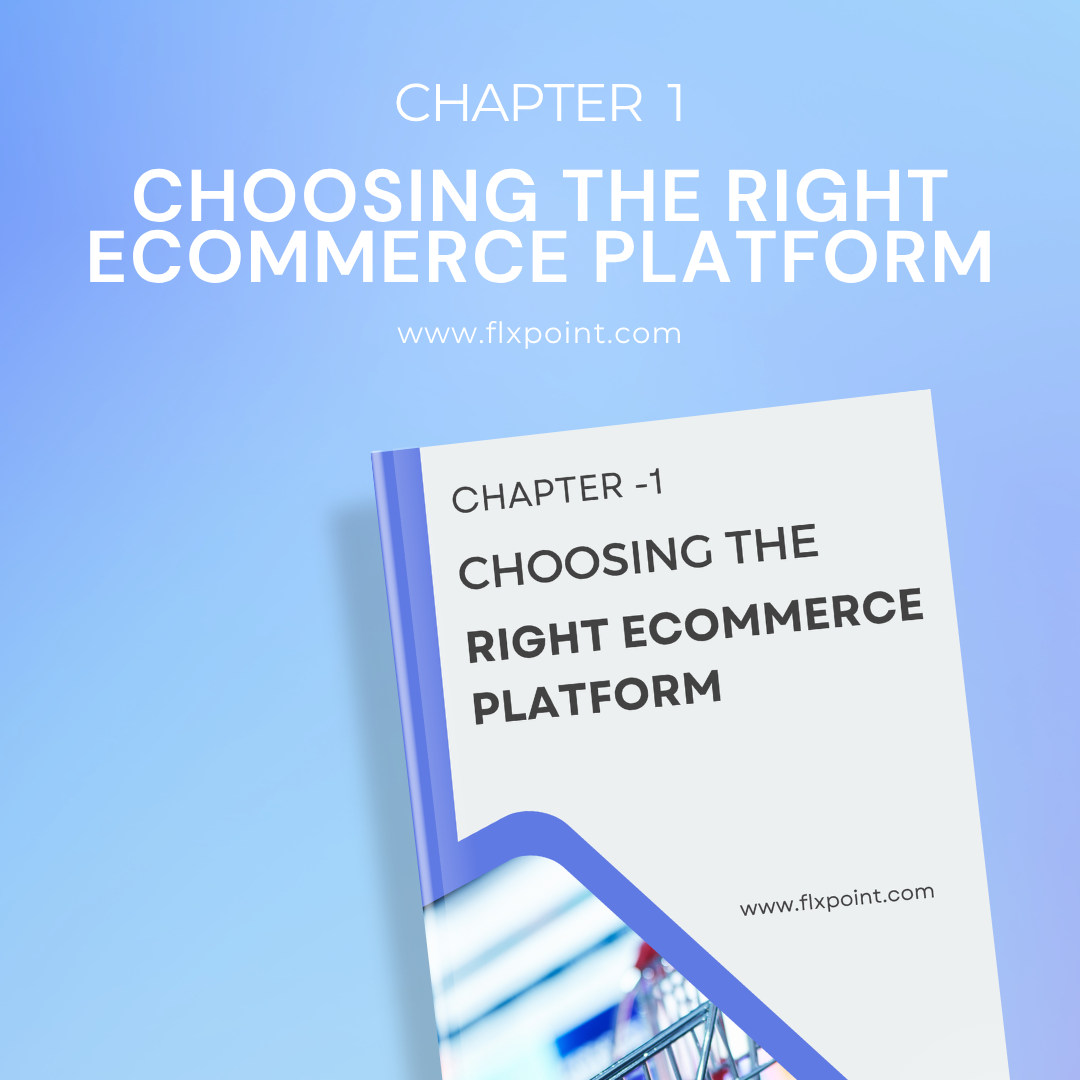
Your platform choice affects everything else you'll do. We compare Shopify, WooCommerce, BigCommerce, and Wix across what matters most: cost, scalability, marketing tools, SEO features, and payment options. Learn which platform fits your business size, technical skills, and growth plans—so you don't have to migrate later.
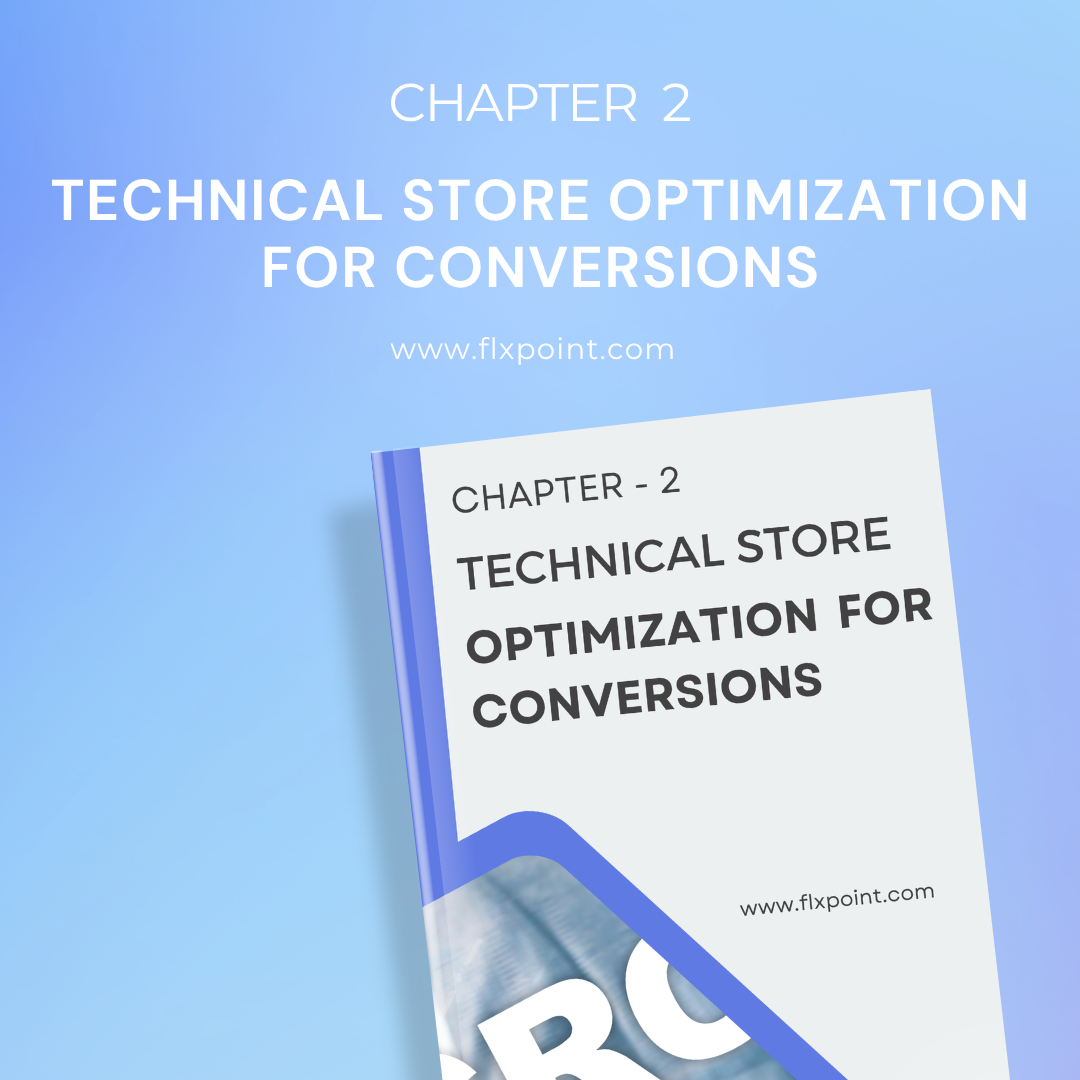
Small technical fixes create big revenue gains. Learn how to structure your store so customers actually buy, implement schema markup that helps you show up in search, speed up your site, and set up tools like Hotjar to see exactly where people get stuck in your buying process.
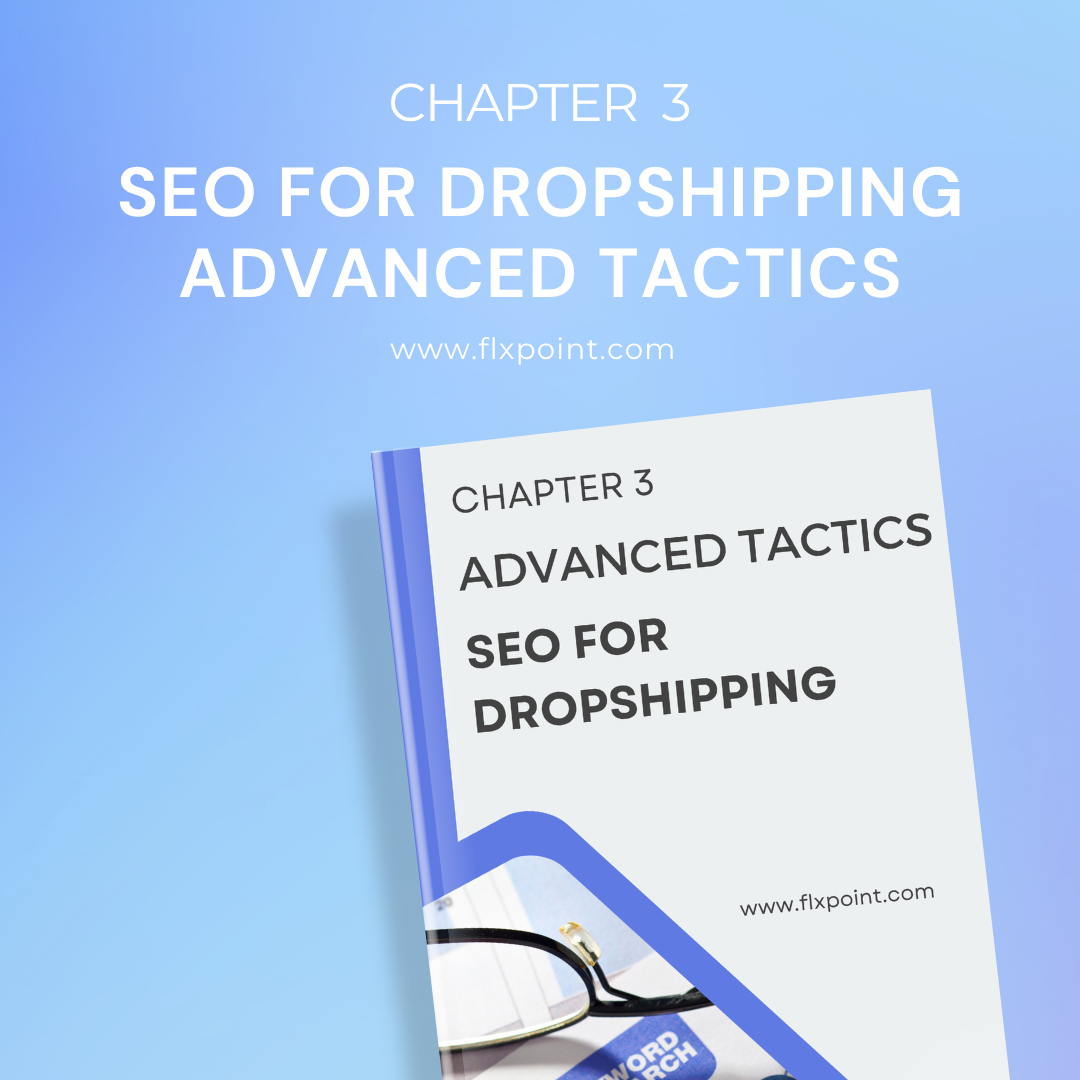

Stop wasting money on ads that don't convert. Build campaigns that work at every stage - from awareness to repeat purchase. Master Facebook ads, Google Shopping, Dynamic Product Ads, and figure out which touchpoints actually drive sales with proper attribution.
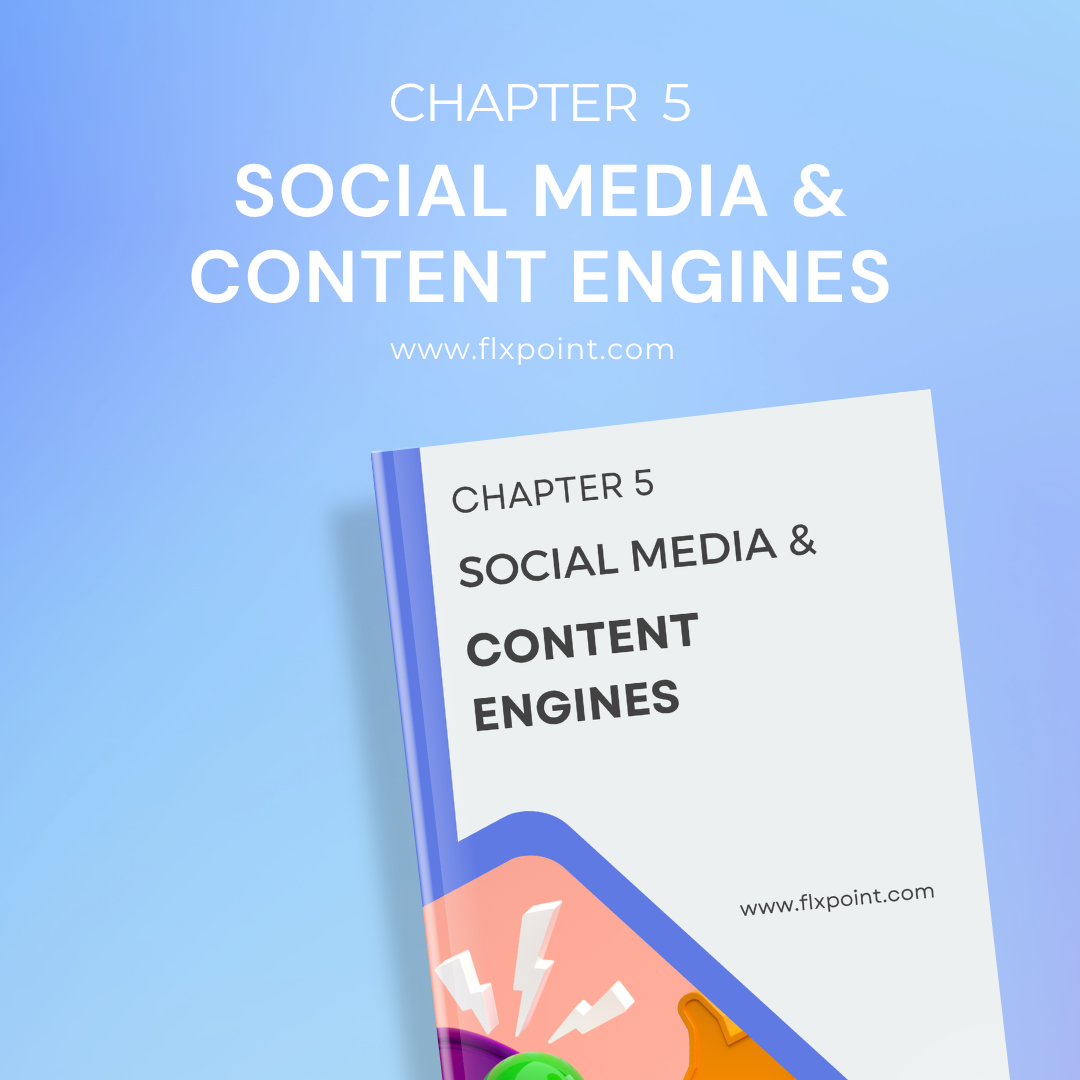
Create content systems that run themselves. Build engines for Instagram Reels, YouTube Shorts, Pinterest, and Stories. Use AI tools to scale content creation, collect user-generated content legally, create viral loops, and track what's actually driving sales.
